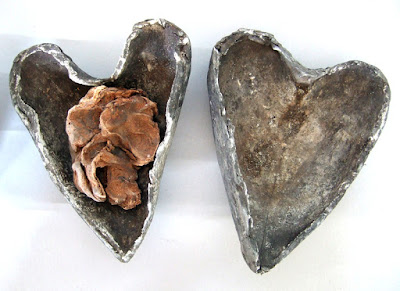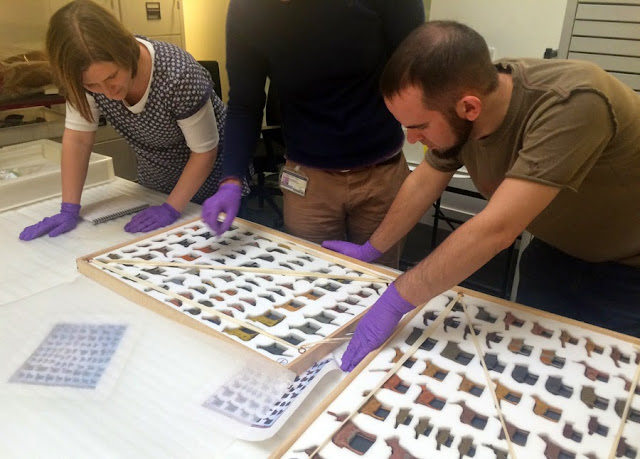 |
| LoveAnthro poster @ Pitt Rivers Museum |
"Throughout the placement I was involved in a variety of different tasks, including working with the museum database, helping move objects, and helping with events.
"Personally, I liked helping at the LoveAnthro takeover event run by the Oxford University Anthropology Society. It really helped me build my confidence. On the night of the event, I helped with object handling and conducted an object talk. I found the event extremely interesting and the topic well suited to the time of the year, just after Valentine’s Day. Whilst helping with the object handling, I learnt about different cultures from India, Africa to Indonesia. I learnt how each culture represents the themes of love, kinship and marriage in different ways through different objects, such as a brass bowl, shadow puppets and a drum. It was also nice to witness the public’s reaction to holding and learning about these objects in a new and more personal way.
"After the handling, I spoke about a human heart in a lead casket. I felt it suited the theme of the event as it related to the heart and love. I found the heart very interesting and I loved researching about its origin and the story of how it became part of the Pitt Rivers founding collection in 1884. I was very nervous to speak in front of people at first but felt calmer knowing they were interested in what I had to say. At the end of my talk I was extremely pleased with the crowd’s reaction to both the museum and the heart, and was happy to answer any questions they had.
 |
| Heart in a lead casket, Ireland. PRM 1884.57.18 © Pitt Rivers Museum |
"All in all I really loved helping with the event and being able to see a different side to the Pitt Rivers as well as seeing such a beautiful museum lit up at night. Having the ability to interact with such interesting objects allows both the crowd and the staff of the event to connect more closely with different cultures and their past."








